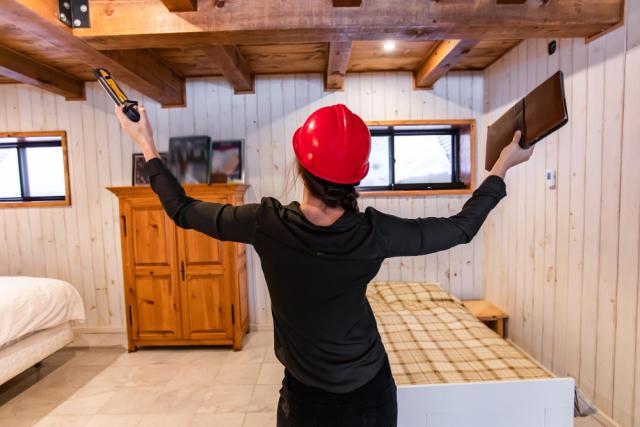
Installing thermal insulation is key to enhancing energy efficiency and reducing environmental impact. Users can effectively maximize the performance and lifespan of thermal insulation by following best practices for insulation installation and avoiding common mistakes. This blog provides a complete thermal insulation installation guide for users. For more information on the global building thermal insulation industry, kindly visit Coherent Market Insights’ recent report.
Best Practices for Thermal Insulation Installation in Residential Buildings
Residential buildings often require insulation in floors, walls, and roofs to enhance energy efficiency and occupant comfort. As a result, we must follow effective insulation practices.
Best Practices
- Use high-performance insulation materials with specific R-values for your climate zone.
- Reduce air leaks by sealing gaps around doors, windows, and electrical outlets.
- Give preference to eco-friendly materials like cellulose and mycelium for sustainable insulation.
DIY Insulation Tips
Make use of reflective barriers in attics for hot climates to reduce heat gain. Install insulation batts safely between wall studs and ceiling joists without compression to maintain better thermal performance.
Best Practices for Thermal Insulation Installation in Commercial Buildings
Commercial buildings have specific insulation requirements due to their size, occupancy, and use. Thus, proper insulation is needed to effectively reduce energy bills. Insulation in commercial buildings is generally used in roofs, floors, walls, and facades.
Best Practices:
- Incorporate insulation with HVAC systems to optimize overall building efficiency
- Use advanced thermal insulation materials like aerogels and vacuum-insulated panels in space-constrained areas
- Combine insulation with other energy-efficient technologies
Tips
Use fire-resistant insulation materials in commercial buildings to comply with safety standards. Wrap insulation around HVAC ducts to prevent energy loss and improve system performance.
Best Practices for Thermal Insulation Installation in Residential Buildings
Industrial buildings also need insulation to maintain energy efficiency and ensure safety. Key areas of insulation in industrial buildings include walls, roofs, pipes, ducts, and storage areas.
Best Practices
- Use high-density insulation materials for durability like closed-cell spray foam for durability
- Employ reflective insulation in areas with high heat exposure
- Install pipe insulation to reduce energy loss and prevent freezing
Tips
Use insulation coatings or wraps for industrial machinery to enhance energy efficiency. Ensure proper ventilation to avoid moisture accumulation in industrial settings.
Common Mistakes to Avoid During Installing Thermal Insulation
One should avoid following mistakes whole installing thermal insulation
- Using improper installation techniques
- Ignoring air leaks
- Overlooking thermal bridging
- Using wrong insulation material
- Skipping moisture protection
Maintenance Requirements
Proper maintenance is key to extending life span of thermal insulation. From continuously checking signs of wear, damage, or moisture to inspecting attics and basements, regular inspection is vital. Similarly, one should repair damaged insulation, monitor energy bills, and upgrade older insulation for better results.






